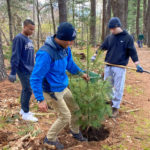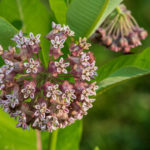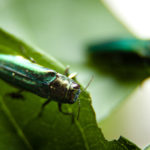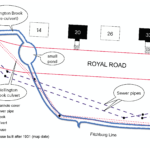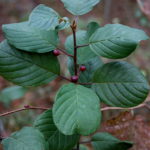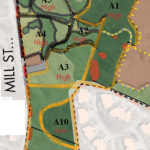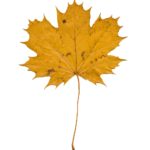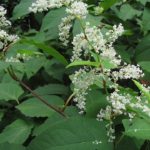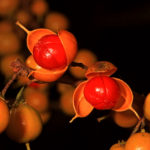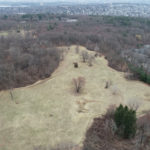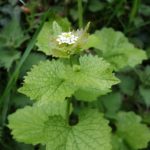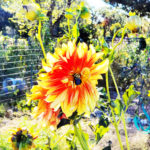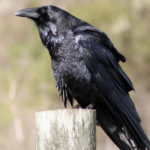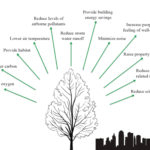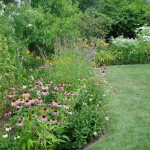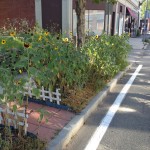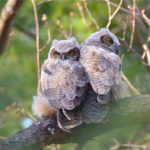
By Jeffrey North This interview has been edited for length and clarity. BCF Congratulations on your December appointment to the role of regional director for Metro West. We understand you will have oversight of the Habitat Education Center and Wildlife Sanctuary in Belmont, as well as the wildlife sanctuaries Broadmoor in Natick, Drumlin Farm in Lincoln, and Waseeka in Hopkinton. You’ve been in nonprofit management and some notable education roles. Your background includes teaching, starting a 6–12 grade school, leading a graduate school, strategy and organization design consulting with nonprofit organizations, and studying communities’ shared sense of direction. Can you [READ MORE]


